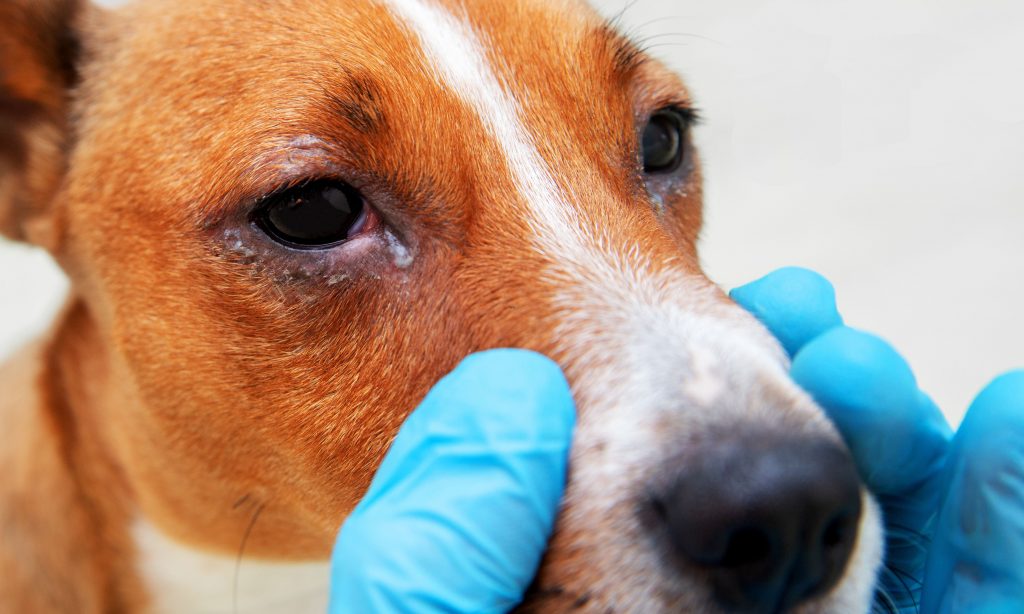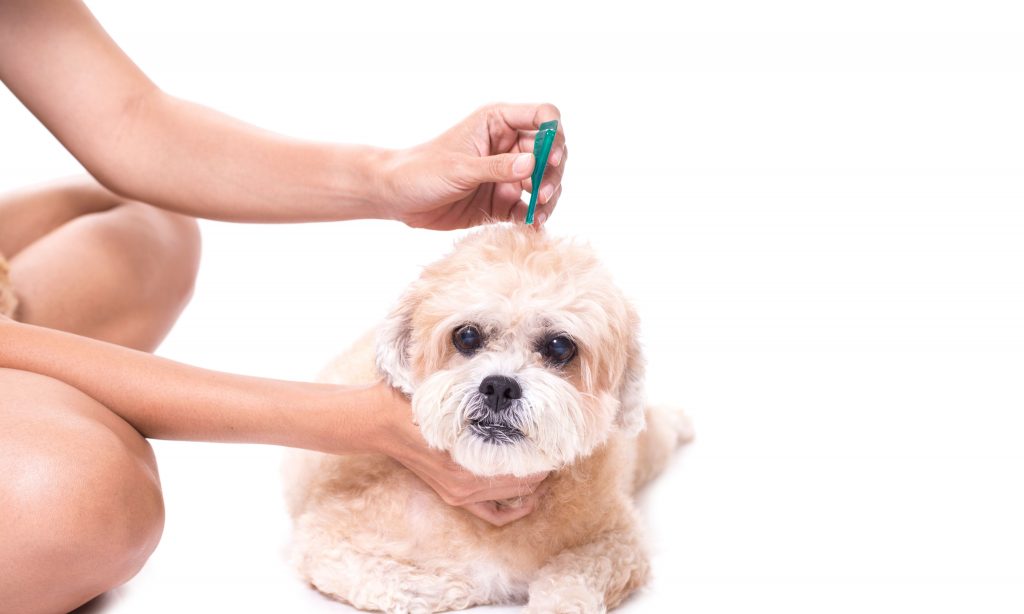This post aims to educate dog parents on the symptoms and treatment options for bacterial and fungal skin infections in dogs. The aim is to raise awareness about the common causes and signs of these types of infections and provide clear and practical information on how to prevent and treat them.

Dogs are known for their playful and energetic nature, but just like humans, they can also suffer from skin infections. Bacterial and fungal skin infections are among the most common types of infections that dogs can get. These infections can cause a variety of symptoms such as itching, redness, and hair loss, and if left untreated, can lead to more serious health problems. In this blog post, we will discuss the symptoms and treatment options for bacterial and fungal skin infections in dogs, and provide practical tips on how to prevent and manage these infections.
Bacterial skin infections in dogs can be caused by a variety of bacteria, including Staphylococcus and Streptococcus. These infections can manifest in a variety of ways, but common symptoms include redness, itching, and hair loss. In severe cases, bacterial skin infections can also lead to the formation of crusts and pustules.
Fungal skin infections, on the other hand, are caused by a variety of fungal organisms, including yeast and ringworm. These infections can also manifest in a variety of ways, but common symptoms include itching, redness, and hair loss. Fungal skin infections can also cause the formation of circular, scaly patches on the skin.
If your dog is showing symptoms of a skin infection, it is important to consult with a veterinarian. A veterinarian can help to diagnose the type of infection and recommend appropriate treatment options, which may include antibiotics, antifungal medications, or medicated shampoos.
To prevent skin infections in dogs, it’s important to keep your dog’s skin clean and dry, and to groom them regularly. This can help to remove allergens and bacteria from the skin, which can reduce the risk of infection. Additionally, providing your dog with a healthy and balanced diet can help to keep their skin and coat in good condition, making them less susceptible to infection.
It’s important to note that some dogs may be more prone to skin infections than others, such as dogs with allergies, hormonal imbalances, or immune system disorders. In these cases, it’s important to work closely with a veterinarian to manage and treat these underlying conditions, in order to prevent the development of skin infections.
Conclusion:
Bacterial and fungal skin infections in dogs can be a common problem, but with proper management and treatment, they can be prevented and treated effectively. If your dog is showing symptoms of a skin infection, it’s important to consult with a veterinarian as soon as possible. By working closely with a veterinarian and implementing preventative measures, you can help to ensure that your furry companion stays happy and healthy. If you have any questions or concerns about bacterial and fungal skin infections in dogs, please reach out to us through our website for further information and support.

Frequently Asked Questions:
What are the common symptoms of bacterial skin infections in dogs?
Common symptoms of bacterial skin infections in dogs include redness, itching, and hair loss. In severe cases, bacterial skin infections can also lead to the formation of crusts and pustules.
What are the common symptoms of fungal skin infections in dogs?
Common symptoms of fungal skin infections in dogs include itching, redness, and hair loss. Fungal skin infections can also cause the formation of circular, scaly patches on the skin.
What are the common causes of skin infections in dogs?
Common causes of skin infections in dogs include bacteria and fungi, as well as allergies, hormonal imbalances, and immune system disorders.
How can I tell if my dog has a skin infection?
If your dog is showing symptoms such as redness, itching, and hair loss, it’s important to consult with a veterinarian to diagnose the type of infection and recommend appropriate treatment options.
How can I prevent skin infections in my dog?
To prevent skin infections in dogs, it’s important to keep their skin clean and dry, and to groom them regularly. This can help to remove allergens and bacteria from the skin, which can reduce the risk of infection. Additionally, providing your dog with a healthy and balanced diet can help to keep their skin and coat in good condition, making them less susceptible to infection.
What are the treatment options for skin infections in dogs?
Treatment options for skin infections in dogs may include antibiotics, antifungal medications, or medicated shampoos. The choice of treatment will depend on the type of infection and the severity of the symptoms.
Can skin infections in dogs be cured?
Most skin infections in dogs can be cured with proper management and treatment. It’s important to work closely with a veterinarian to identify the underlying cause of the infection and develop an appropriate treatment plan.
Should I be worried if my dog has a skin infection?
If your dog is showing symptoms of a skin infection, it’s important to consult with a veterinarian as soon as possible. In some cases, skin infections can lead to more serious health problems if left untreated. By working closely with a veterinarian, you can help to ensure that your furry companion stays happy and healthy.



